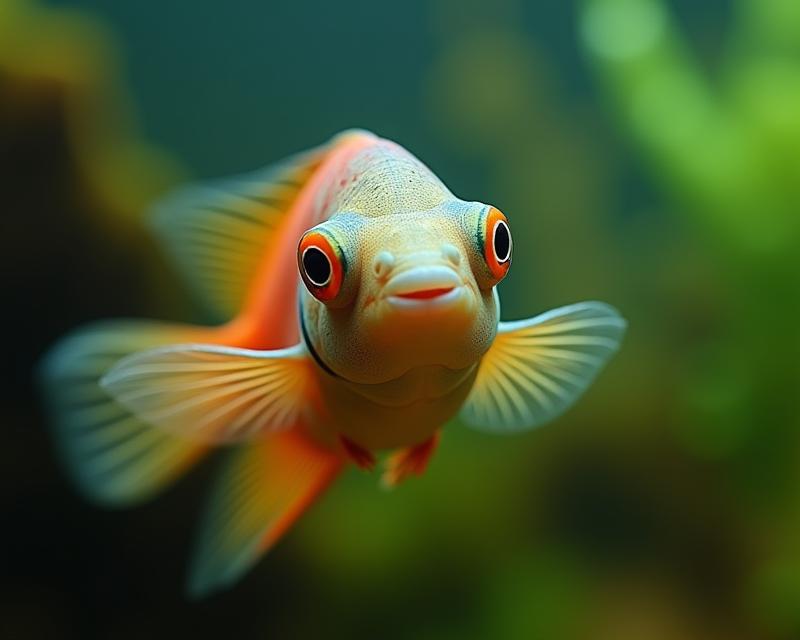Fishy Eyes? What to Do When Your Pet Fish Looks Unwell
Publish in Health el 28/06/2025 19:14
Is Your Fish Showing Signs of Trouble?
Finding your pet fish looking a little off can be worrying! One of the first things you might notice is red or watery eyes. While sometimes it's nothing serious, it's always best to investigate. This article will help you understand potential causes and what you can do to help your finned friend feel better.

What Could Cause Red or Watery Eyes?
Several things can lead to red or watery eyes in fish. Often, it's related to water quality. Poor water conditions are a very common culprit. This could be due to a buildup of ammonia, nitrites, or nitrates – all byproducts of fish waste. These chemicals can irritate the fish's delicate eyes and gills.
Another possibility is a bacterial infection. These can develop if the fish has injuries or is stressed. Parasites can also cause irritation and inflammation around the eyes. Sometimes, physical injury from tank decorations or aggressive tank mates can lead to redness and discharge.
What Can You Do to Help?
The first step is to assess your tank's water quality. Perform a water test using a reliable test kit to check ammonia, nitrite, and nitrate levels. If any are elevated, perform a partial water change (around 25%) immediately. Make sure the new water is properly dechlorinated and matches the temperature of the tank.
Observe your fish closely for other symptoms like clamped fins, loss of appetite, lethargy, or unusual swimming patterns. If you suspect a bacterial infection, a medication specifically designed for fish infections might be necessary. Always follow the instructions carefully. A quarantine tank can be helpful to isolate the affected fish and prevent the spread of potential infections to other tank mates.
Prevention is Key!
The best way to avoid red or watery eyes is to maintain excellent water quality. Regular water changes are crucial – aim for 25% every 1-2 weeks, depending on your tank size and fish population. Proper filtration is also essential. Avoid overcrowding your tank, as this leads to increased waste production. And finally, ensure your tank decorations are smooth and won't injure your fish. By paying attention to your fish's environment, you can help keep their eyes – and their whole health – in tip-top shape!





